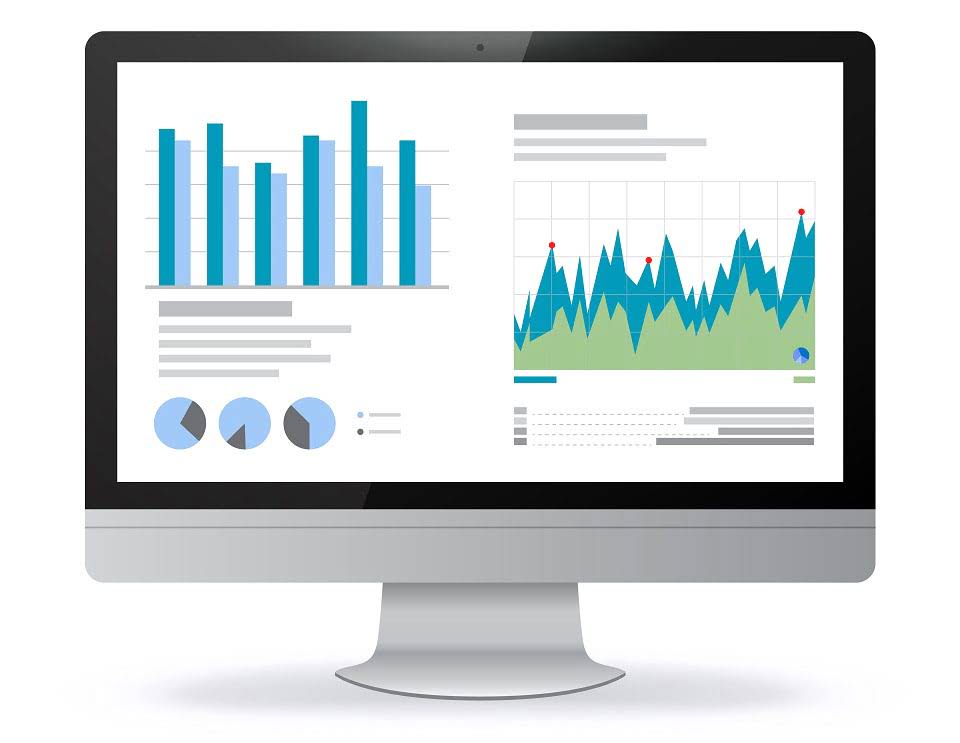
From year 1 to 3, ABC Limited has recognized accumulated depreciation of $9800.Since the Machinery has a residual value of $2500, depreciation expense is limited to $10000 ($12500-$2500). As such, the depreciation in year four will be $200 ($10000-$9800) rather than $1080, as computed above. Also, for Year Catch Up Bookkeeping 5, depreciation expense will be $0 as the assets are already fully depreciated.
Example of a Change in the Estimated Useful Life of an Asset
An asset that has reached the end of its estimated useful life; no more depreciation is recorded for the asset. Exhibit 1 demonstrates an SL depreciation schedule that has been prepared for Bold City’s delivery truck. However, thoughtful planning is necessary to ensure the DDB aligns with your broader tax strategy. Paro’s accounting and bookkeeping experts can walk you through the various depreciation tactics and help you decide which one is best for your business. Per Publication 946, the IRS requires most businesses to use the General Depreciation System (GDS) version of the Modified Accelerated Cost Recovery System (MACRS) to calculate depreciation for tax purposes. Suppose you purchase an asset for your business for $575,000 and you expect it to have a life of 10 years with a final salvage value of $5,000.
- In the 7-year class, that transition occurs in year 5, just as we had determined in Example 1.
- Depreciation is a fundamental concept in accounting, representing the allocation of an asset’s cost over its useful life.
- With the double declining balance method, you depreciate less and less of an asset’s value over time.
- This methodology embraces the reality that certain assets – consider our example of an upscale printer – will inevitably experience rapid depreciation.
- DDB is best used for assets that lose value quickly and generate more revenue in their early years, such as vehicles, computers, and technology equipment.
- Such a change must be thoughtfully evaluated in order to align with both your financial objectives and legal obligations.
Examples of Units-of-Activity Depreciation
- Since managers of businesses take the Time Value of Money into consideration, it’s better to have the savings early rather than later.
- That’s a hefty depreciation expense, but that’s what Double-Declining depreciation is all about.
- In addition to its benefits, double depreciation has a few disadvantages.
- Annual amounts vary, but total accumulated depreciation equals $61,000 for all three methods.
- Depreciation helps businesses match expenses with revenues generated by the asset, ensuring accurate financial reporting.
- The DDB method works best for assets that produce more revenue in their early years and less in their later years.
For example, if an asset has a salvage value of $8000 and is valued in the books at $10,000 at the start of its last accounting year. In the final year, the asset will be further depreciated by $2000, ignoring the rate of depreciation. Since the assets will be used throughout the year, there is no need to reduce the depreciation expense, which is why we use a time factor of 1 in the depreciation schedule (see example below). In the accounting period in which an asset is acquired, the depreciation expense calculation needs to account for the fact that the asset has been available only for a part of the period (partial year).

Credit Cloud
It’s a method that can provide significant benefits, especially for assets that depreciate quickly. The depreciation expense recorded under the double declining method is calculated by multiplying the accelerated rate, 36.0% by the beginning PP&E balance in each period. Even if the double declining method could be more appropriate for a company, i.e. its fixed assets drop off in value drastically over time, the straight-line depreciation method is far contra asset account more prevalent in practice. If you make estimated quarterly payments, you’re required to predict your income each year.

Video Explanation of Depreciation Methods

Many types of property—like vehicles, computers and manufacturing equipment—decline faster in the early years. Not only does DDB align with this reality, but it can also help generate savings during growth phases by maximizing deductions. In this case, the DDB double declining balance example method helps reflect the machinery’s intense early usage, gradually reducing expenses as its productivity decreases. Start using Wafeq today to save time, reduce errors, and ensure compliance across all your asset schedules, including advanced methods like Double Declining Balance. Understanding how the Double Declining Balance (DDB) method compares to other depreciation approaches can help you choose the best fit for your business needs and financial reporting.